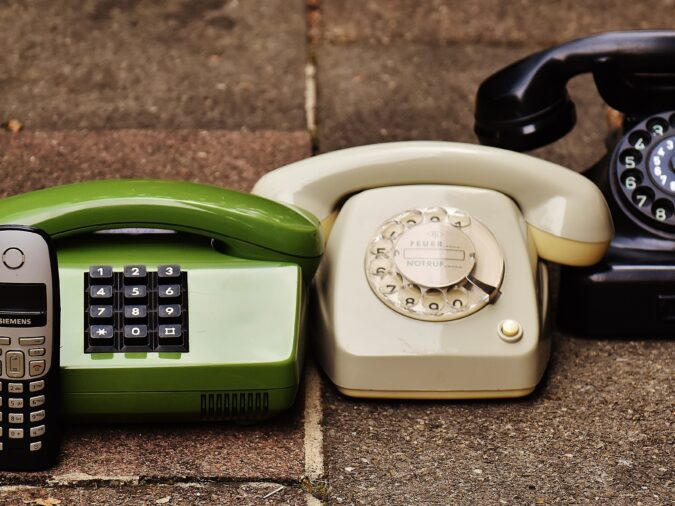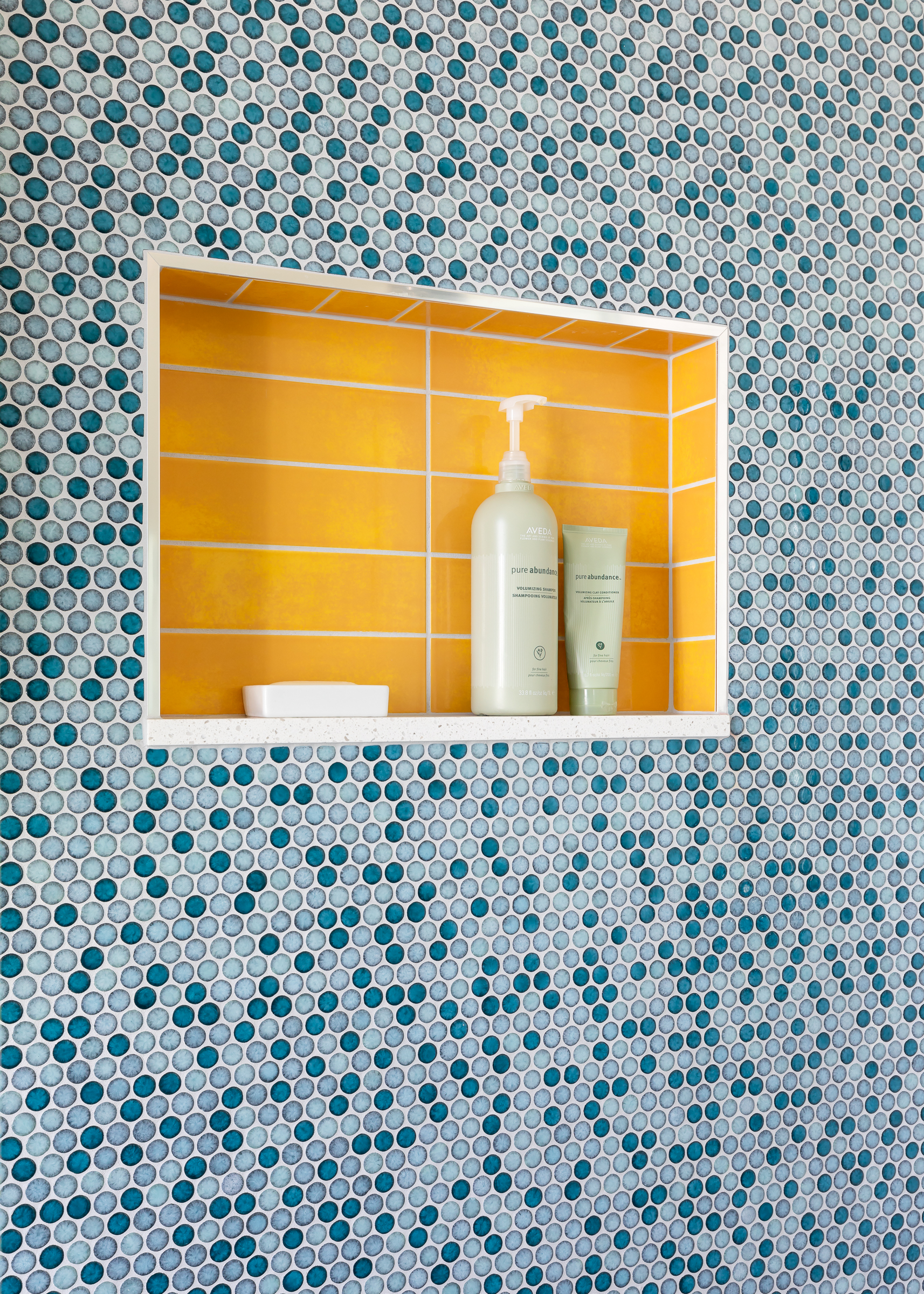Controlling Costs in Your Kitchen Remodel
Controlling Costs in Your Kitchen Remodel

Eager to get happy at home right now?
Get 10 tips for a happier home!
“Anything that costs you your peace is too expensive.”
If you’re thinking of refreshing your home, whether you are just sprucing up your living room with a couple new throw pillows, or you’re going to gut and remodel your kitchen, it’s remarkable how much you can spend! Buy a throw pillow at Home Goods and it’ll set you back about $20. Buy a throw pillow at Restoration Hardware and it might cost you $200 (and that’s just the cover, not the insert)! Remodeling your kitchen? In Seattle you’re likely to drop at least $40,000, and that would be considered a “budget” remodel by most contractors. You can easily spend $80K, $100K, or more once you account for all the labor, materials, and new appliances.
So what’s too expensive?
When thinking of a kitchen remodel you have to decide what you can afford, and a lot that goes into that question. A certain amount of money is simply too much. But cheaping-out can cost you, too. What is your home worth? When, if ever, do you plan to sell it? Why are you doing this remodel and what outcome do you need for the money to have been worth it? How will it improve your life and happiness to make the change, and what will it cost you *not* to make the change? And of course, what do you have in the bank? Is it worth it to take out a line of credit and then pay the bank interest on your new kitchen?
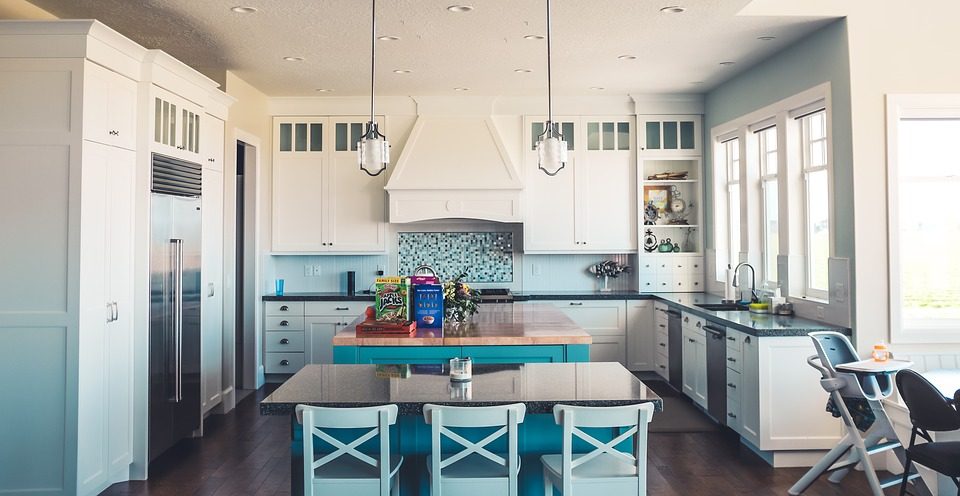
No one can answer these questions but you, and it’s important that you do so, because *you* get to make decisions about how and where you spend your money. Your architect, contractor, or designer will spend whatever you give them as a budget, because obviously the more money available, the more they can do with those funds. But you need to be firm about what is available, and insist that the design budget leave a little room for “surprises” too.
How can you control costs? First and foremost, design the whole room, right down to the paint colors and cabinet hardware, before you start the remodel. This will help you avoid the extra costs that come from delays and change-orders. Just as importantly, you should also design the whole room before you have contractors come and give you cost estimates. If a contractor can estimate your remodel based on *real* materials, they should be able to give you a rock solid estimate.
Of course, that creates a bit of a chicken-and-egg problem, because putting a whole design together means you have to spend either time, money, or both on a project that you aren’t 100% sure you are going to execute. It can sting a little to spend a 100 hours of your own time, or give a designer several thousand dollars, to design a space that you may never see.
If you aren’t sure if the project you are considering is a $10,000 or $100,000 project, it’s appropriate to have some contractors come out for a preliminary bid, so you can at least figure out how many zeroes you’re talking. This can also give you a chance to meet and narrow down your contractor options. But don’t expect them to get much more exact than that until you have a plan. Are you moving plumbing? Gas lines? Windows? Are you installing wood floors or tile? Quartz counters or laminate? Ikea cabinets or custom?
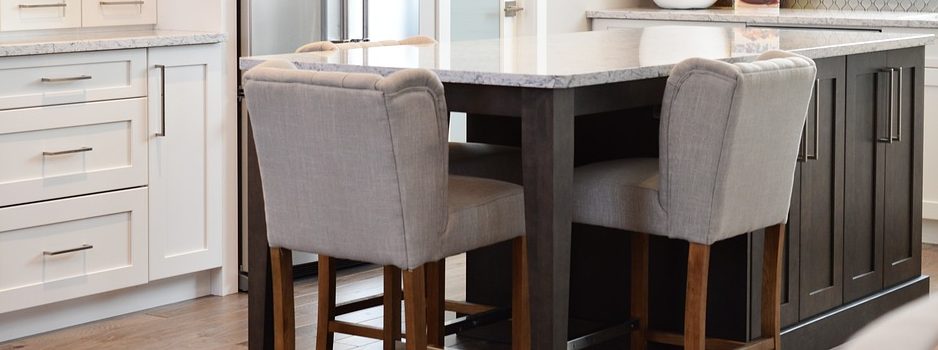
Once you do have a precise design plan, then your contractor can give you an accurate cost for the project, usually within a several thousand dollar window (they need to leave a little wiggle room for surprises, like rot in your walls around the windows, for example). The best contractors will price unexpected surprises into the estimate and then, if they don’t run into unexpected issues, present you with a lower final bill at the end (wouldn’t that be nice!?). But since most clients are comparing bids and might be swayed by a lower up-front estimate from a competitor, that’s hard to do.
Remember, when you are getting estimates, compare apples to apples. Don’t change the plan from contractor A to contractor B, even if you gather new ideas along the way. Once you’ve chosen your contractor you can make adjustments to the plan (and the cost) with them, but if you do it while comparing contractors and costs, it’ll just muddy the waters.
Also, be clear and specific about what the estimate includes. Does it include materials, or just labor? Are they accounting for taxes? Delivery costs? Or just base pricing? Who’s responsible for ordering materials, and for returning them if there are issues? And of course, have a conversation about what level of perfection you expect. A slap-it-together remodel is far different from a craftsman-perfection remodel, and both are the right choice in different circumstances and for different clients. All these things affect the price, and your stress level.
Last, when controlling costs, remember that your materials will influence the final numbers too. Laminate counters and vinyl floors have come a long way and can be beautiful in the right house, but quartz counters and wood or tile floors are the industry standard right now. You have to match the quality and durability to your family, your home, the neighborhood, and your budget. Remember that going cheaper won’t always save you money, especially if you have to replace something because it breaks, or you end up paying a crazy amount of money on shipping on your low-cost tile. Also remember that the little things add up. Maybe you are happy with the estimate you got on your kitchen cabinets, but if you plan to add in all kinds of fancy inserts and organizers you can easily double the cost of your cabinetry. Keep an eye on the bells and whistles, and decide which ones will actually add to your life, and which are just cool, but maybe not worth the cost.
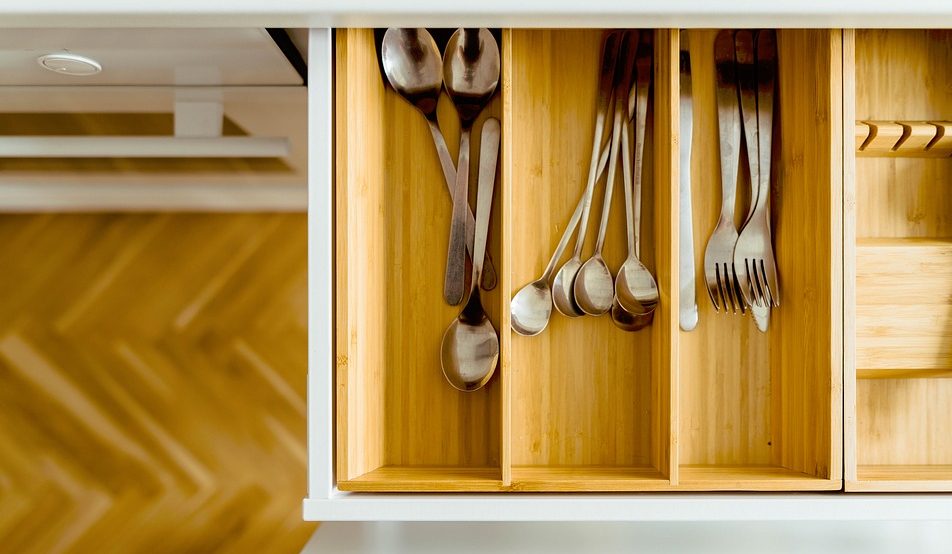
Finally, I know that the bottom line is important, but please avoid “show rooming.” That’s when you go into a brick and mortar store to look at samples, but then you order it online (like when you go to Barnes and Noble to flip through a book, then buy it on Amazon). Every time you do that you put us one day closer to when that tile store, (or book store), will go out of business, and you and I will only be left with online buying options. That might be fine for some things, but I can tell you that tile looks different in person than it does online, and we will all miss that in-person option when it’s gone. So if you’re going to *buy* online, *shop* online (I tend to do this for plumbing fixtures through faucetdirect.com) but if you want to see and touch something (like tile, rugs, or sofas), then please make your purchase where you found it. The neighborhood will thank you.
Updating your home can be worth every penny, but only if it gives you the result you need, and if it lets you do the other important things in your life, like pay college tuition, or realize your travel dreams.
Anything that costs you your peace is too expensive. Sometimes that means waiting on a remodel, and sometimes that means it’s time to spend the money. Because if your home isn’t working for you, then that’s costing you your peace, too.
May your home always be happy!


HI, I'M REBECCA WEST!
I’m an interior designer, author, podcaster, speaker, and coach to other designers. (Whew!) But I’m not your classic interior designer because, frankly, I don’t care if you buy a new sofa. I do care if your home supports your goals and feels like “you.” Remember, happy starts at home!
More From Seriously Happy Homes
Are you ready for a seriously happy home?
(Cue the confetti!)

Eager to get happy at home right now?


